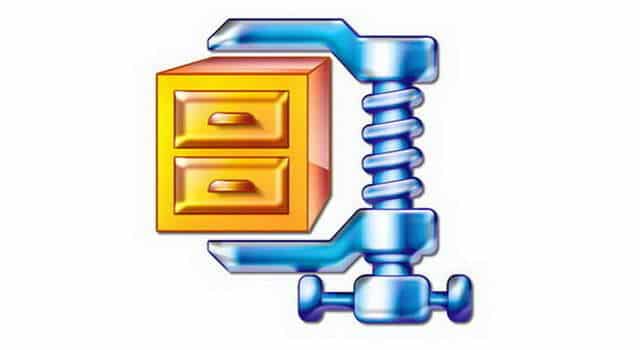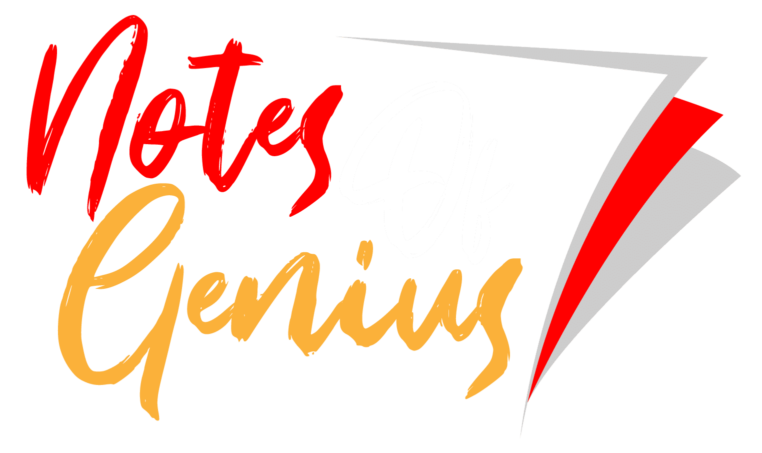Multimedia compression is employing tools and techniques in order to reduce the file size of various media formats. With the development of World Wide Web the importance of compress algorithm was highlighted because it performs faster in networks due to its highly reduced file size. Furthermore with the popularity of voice and video conferencing over the internet ,compression method for multimedia has reached it next generation to provide smooth service even in unreliable network infrastructure. Although many methods are used for this purpose, in general these methods can be divided into two broad categories named Lossless and Lossy methods.

Lossless Compression Algorithms
There will be no data loss in this type of compression as it is defined by the name. Both original data and the compressed data are the same in this compression. The algorithms for the compression and decompression are exact inverse of each other in the Lossless Compression. The main mechanism in this compression is removing the redundant data in the compression and adding them in the decompression.
Advantages: The original format of the data remains even it is compressed.
Disadvantages: Reduction of the size of the data is a small. Sometimes the size can increase instead of decrease.
Run-length Encoding
Run-length encoding can be named as the simplest method of encoding. Any combination of symbols can be compressed by this encoding technique. The concept of this algorithm is removing continuous sequence of symbols using another shorten symbol which represent it. Practically what is does is to replace the number of occurrences with the numeric value and the symbol itself. For example, a text like ‘AAAACBBBBB’ is replace by ‘A04C01B05’. This method is very much efficient when there are only two symbols.
Huffman Coding
This is a little bit complicated than the previous one. First, the frequency of each appearing character is taken. Then the characters that have least frequencies being taken to give values ‘1’ for the higher one and ‘0’ for the lower one and there wise it is continued. Then the each available character is represented by a separated code included with 1s and 0s.
Lempel Ziv Encoding
This system does the encoding as two processes. They are indexing and compressing a string of symbols. When there is a set of characters, first step is to check whether an index have the minimum available character combination that appears. If available then put the index number in the string. If not, it will be added to the index. This compression technique is more effective as it has a two way compression method.
Lossless Compression File Formats
Audio
- Waveform audio format (WAV)
- Free Lossless Audio Codec (FLAC)
- Apple Lossless Audio Codec (ALAC)
- ATRAC Advanced Lossless
- Audio Lossless Coding
- MPEG-4 SLS
- Direct Stream Transfer (DST)
- DTS-HD Master Audio
- Meridian Lossless Packing (MLP)
- Monkey’s Audio APE
- RealPlayer – RealAudio Lossless
- Shorten – SHN,TTA – True Audio Lossless
- WMA Lossless
Graphics
- Adaptive Binary Optimization (ABO)
- JPEG XR
- Progressive Graphics File (PGF)
- Portable Network Graphics (PNG)
- Tagged Image File Format (TIFF)
Video
- Animation codec
- CorePNG, Dirac
- FFV1
- JPEG 2000
- Huffyuv
- Lagarith
- MSU Lossless Video Codec
- SheerVideo
Lossy Compression Algorithms
It is the compression technique which will lose data in the original source while trying to keep the visible quality at the almost same amount. The compression ratio will be very high. Most probably the ratio will be a value near 10. It reduces non sensitive information to the human eyes and the compressed media will not be the media that was available before compression.
Advantages: Can reduce the file size more than in the Lossless Compression
Disadvantages: The original file cannot be taken after the decompression
Mathematical And Wavelet Transformation
In this process, images are converted to the mathematical functions. Discreet Cosine Transformation uses series of cosine functions to approximate image. This technique is used with JPEG, MPEG1 and MPEG 2 formats. A wavelet function is used to approximate the image. This can be used with the JPEG 2000 and MPEG 4 formats.
JPEG Encoding
In this encoding, an image is represented by a two dimensional array of pixels. A Grayscale picture of 307*200 pixels is represented by 2,457,600 bits and a color picture is represented by 7,372,800 bits. Due to the number of calculations to be had in a JPEG format of a grayscale picture, it is divided into blocks of 8*8 pixels. The number of the units’ id equal to the number of mathematical equations of each picture. The whole idea of JPEG is to change the picture into a linear set of numbers that reveals the redundancies. In addition to those techniques, MPEG is also a Lossy Compression technique. It is a way to encode the moving images and audio included in it. It supports many video formats from mobile phone to HD TV.
H.261, H.263, H.264
H.261 is designed for video telephony and video conferencing applications. It was developed in 1988-1990. Data rate is a multiplication of a 64 kb/s. H.263 is a video coding technique for low bit rate communication. In addition, a 30% of bit saving can be done by this technique when it is compared to the MPEG-1. H.264 is a joint project of ITU-Ts Video Experts Group and the ISO/IEC MPEG group. All those three methods use different methods of reducing redundant data. There for the output differs from bit rate, quality and latency.
Future Trends Of Compression
cvements as they are being proposed. One of the available problems is the way how to handle the errors in a data loss of a data packet. Wavelet transform techniques will be a good further implementation for the next generation. Wavelet coding has two main advantages. The first one is that the video construction is achieved in a fully embedded style. Two processes of encoding and decoding can be stopped at a defined bit rate. The desired spatial resolution and the required frame rate can encode the stream. Vector quantization makes use of the correlation and the repeats between the pixels located near or between the frequency bands.
References
- (2002). MultimediaElements. In J. G. Shuman, Multimedia In Action. Vikas Publishing House Pvt Ltd.
Tags: #Compression #Multimedia
